Fjellheim Dwarf Coral Bark Japanese Maple – 3 Gallon Pot
$189.97 Original price was: $189.97.$96.99Current price is: $96.99.
SKU: D2LSC 494194249 Category: JAPANESE MAPLE TREES
- Your needs, our top priority.
- Safe Transactions, Always
- Unbeatable quality, unbeatable prices.
- Quality and Affordability Combined

Fjellheim Dwarf Coral Bark Japanese Maple
Acer palmatum ‘Fjellheim’
Plant Details
USDA Plant Hardiness Zones: 5b-9b Find Your Zone
Plant Type: Deciduous Tree
Height at Maturity: 6-8′
Width at Maturity: 4-6′
Growth Habit / Form: Bushy, Upright, Vase Shape
Growth Rate: Slow to Moderate
Foliage Color in Spring: Lime Green
Foliage Color in Summer: Medium Green
Foliage Color in Fall: Yellow
Light Needs: Full Sun or Mostly Sun, Morning Sun with Dappled or Afternoon Shade, All Day Filtered Sun, Morning Shade with Evening Sun
Water Needs: Average, moderately drought tolerant when established
Soil Type: Sandy, Loam & Clay (Condition heavy clay soils when planting)
Drainage: Well drained soil is a must!
Soil pH: 5.0 – 7.0 is ideal
Maintenance: Low
Resistances: Deer – more info, Heat Tolerant, Insect Resistant, Sun Tolerant, Disease
Description
If you like the Coral Bark Japanese Maple but don’t have room for it, meet ‘Fjellheim’ – he’s the dwarf cousin that can fit in much smaller spaces! So, how do you say “Fjellheim”? Well, the “j” is silent…so it goes like this: “FELL-Hime.” Anyway, we just call it the Dwarf Coral Bark Maple…and it is a dwarf…growing slowly over time to only 6 to 8 feet tall by about half that in width. Just as with its larger cousin, Fjellheim is year round color factory; the stems and branches turn an outstanding coral-red color throughout the cool season. In spring, lime green leaves emerge that contrast beautifully with coral-red bark. Yellow fall foliage is an extra-added color bonus. Will tolerate more sun than other varieties.
Landscape & Garden Uses
To showcase its magnificence and beauty, Fjellheim Japanese Maple is best used in the landscape as a focal point specimen to draw attention to a specific area of the home or landscape. That said, you can plant them in groupings of three or plant one on both sides of an entryway to accentuate the entrance.
Spacing: At least 8′ for space between trees
Container culture can extend the useful range of Japanese Maples. They are extremely easy to grow in containers, a practice taken to its most extreme form in the art of bonsai.
Note: One Japanese Maple can make a landscape…that is if you don’t overcrowd it with other trees and plants. Therefore, when selecting companions to plant under or around your Japanese Maple, make sure to select low-growing shrubs or groundcover plants that won’t interfere at all with your tree.
Growing Preferences
Though delicate looking, Japanese Maples are actually very tough and long-lived trees. They are very easy to grow in both the ground or in containers, a practice taken to its most extreme form in the art of bonsai.
In their natural habitat, Japanese Maples are understory trees, growing in dappled forest sunlight at the edges of woodlands. Ideally they prefer to be grown in similar conditions. That said, you can find a complete listing of our sun-tolerant Japanese Maple varieties here, of which Fjellheim is one.
Most any average garden soil will grow Japanese Maples. They prefer a moist but well-drained soil rich in organic matter. As with so many other ornamental plants and trees, constantly soggy or wet soil can be problematic. So make sure to plant your Japanese Maple in a well-drained site.
Helpful Articles
Click on a link below to find helpful advice from our experts on how to plant and care for Japanese Maple trees.
How To Plant A Japanese Maple Tree In The Ground
How to Plant A Japanese Maple Tree In A Pot
How To Fertilize And Water A Japanese Maple Tree
How To Prune A Japanese Maple
Plant Long & Prosper!
Meet The Wilson Brothers & Staff
Questions? Contact Us!
Be the first to review “Fjellheim Dwarf Coral Bark Japanese Maple – 3 Gallon Pot” Cancel reply
Related products
Sale!
JAPANESE MAPLE TREES
Sale!
JAPANESE MAPLE TREES
Scarlet Princess Dwarf Japanese Maple – Tree Form – 3 Gallon Pot
Sale!
JAPANESE MAPLE TREES
Sale!
JAPANESE MAPLE TREES
Sale!
JAPANESE MAPLE TREES
Sale!
JAPANESE MAPLE TREES
Sale!
JAPANESE MAPLE TREES
Sale!
JAPANESE MAPLE TREES


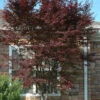
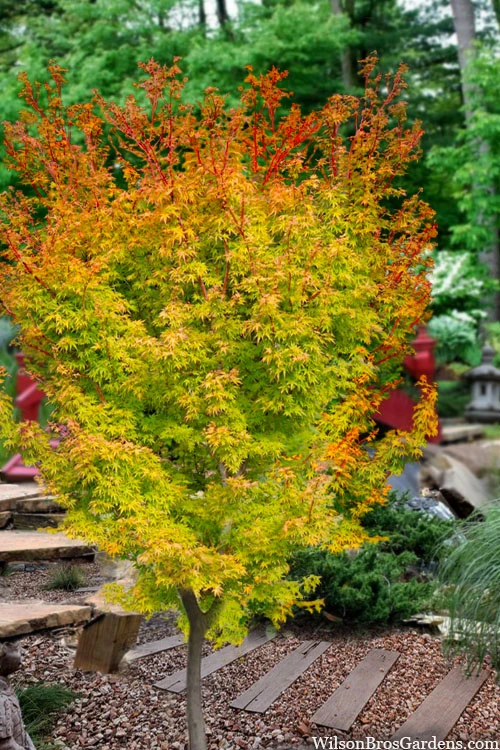

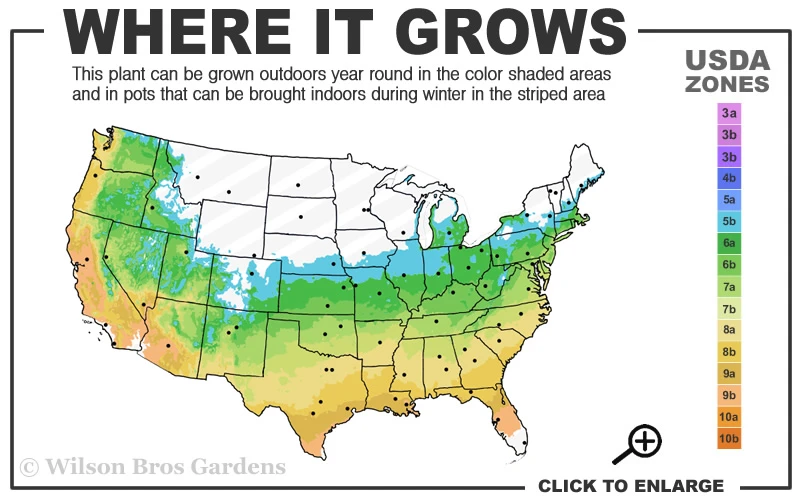

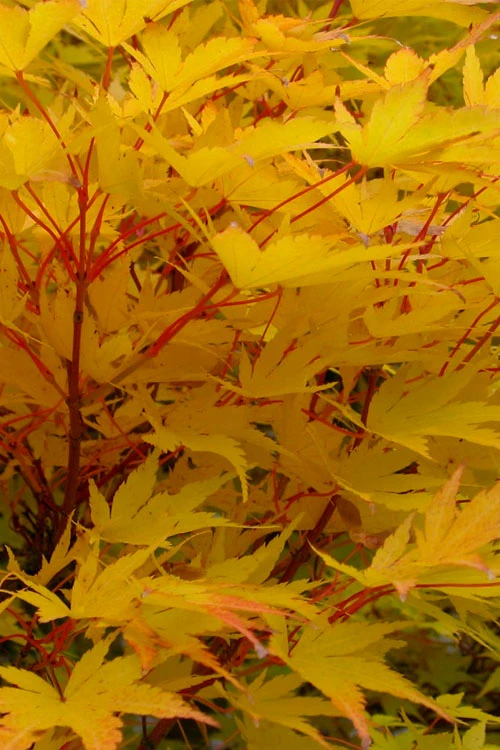


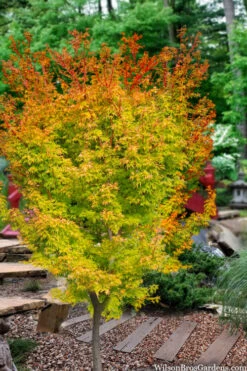

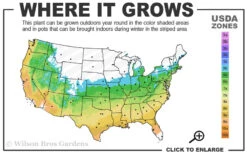

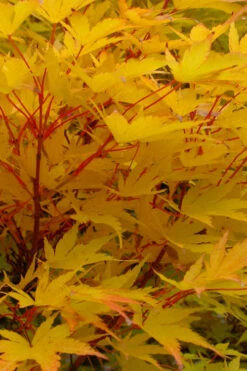

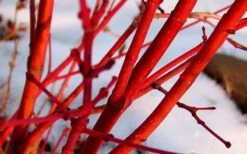
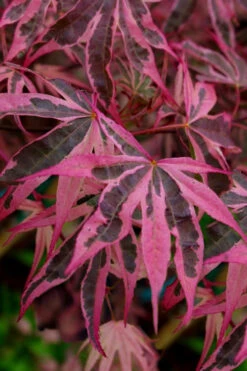

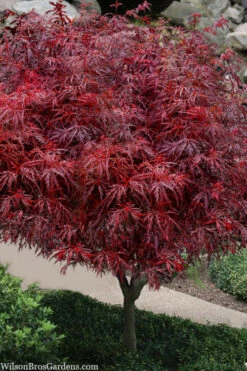
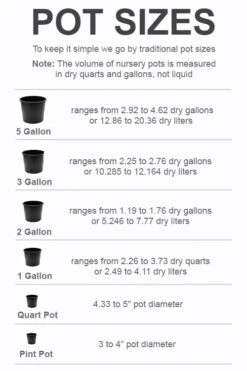


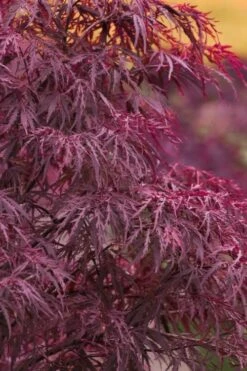






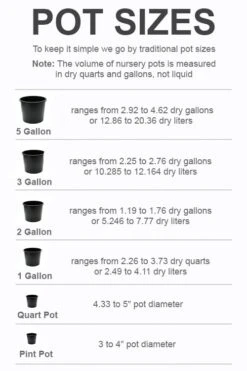


Reviews
There are no reviews yet.